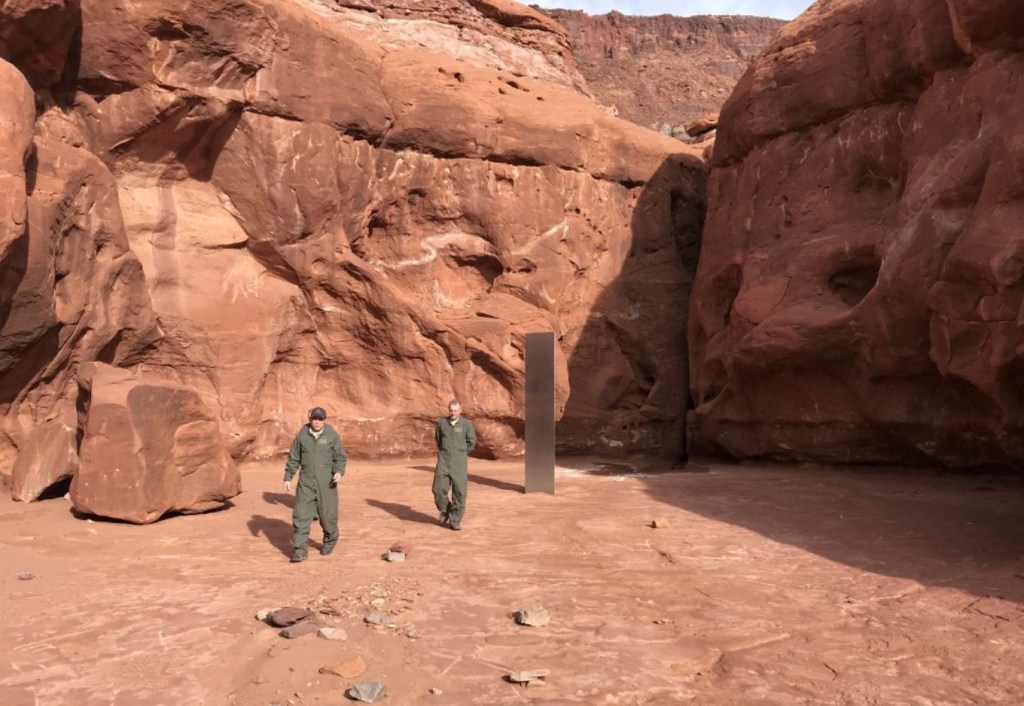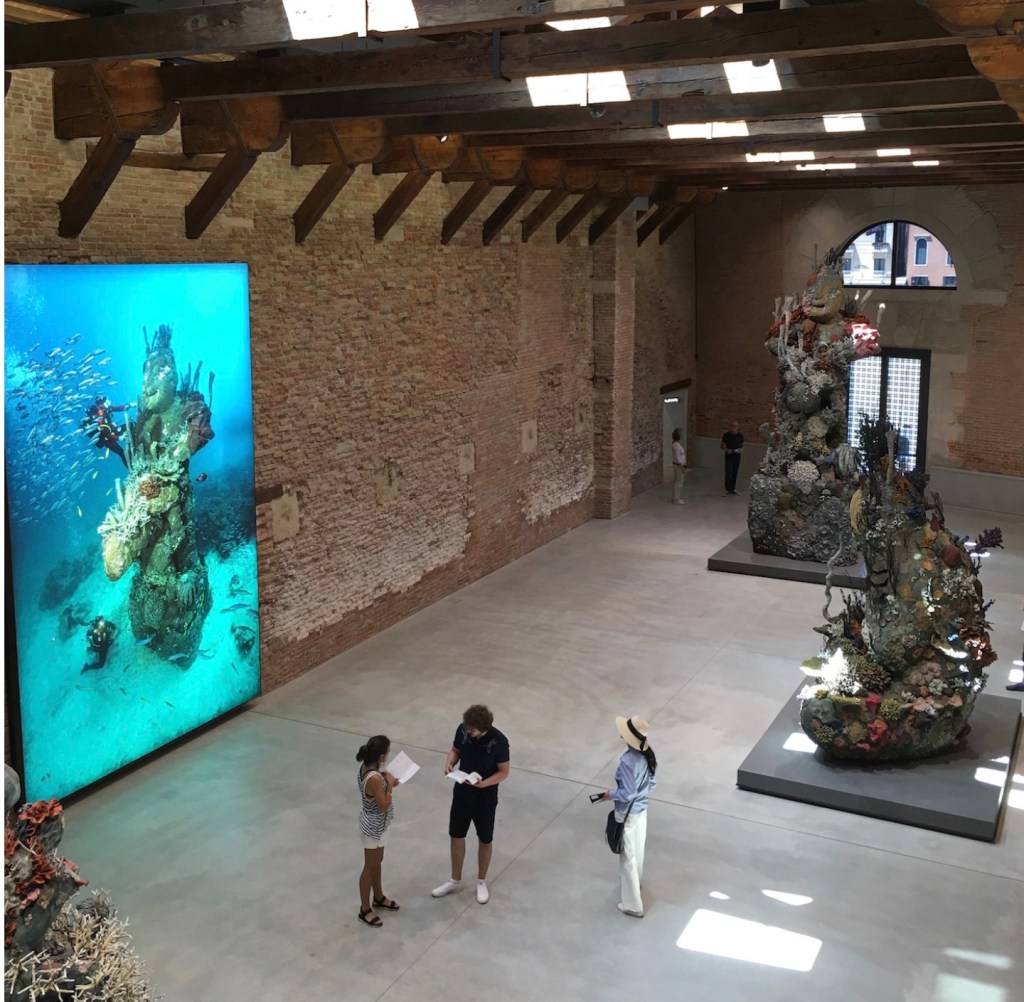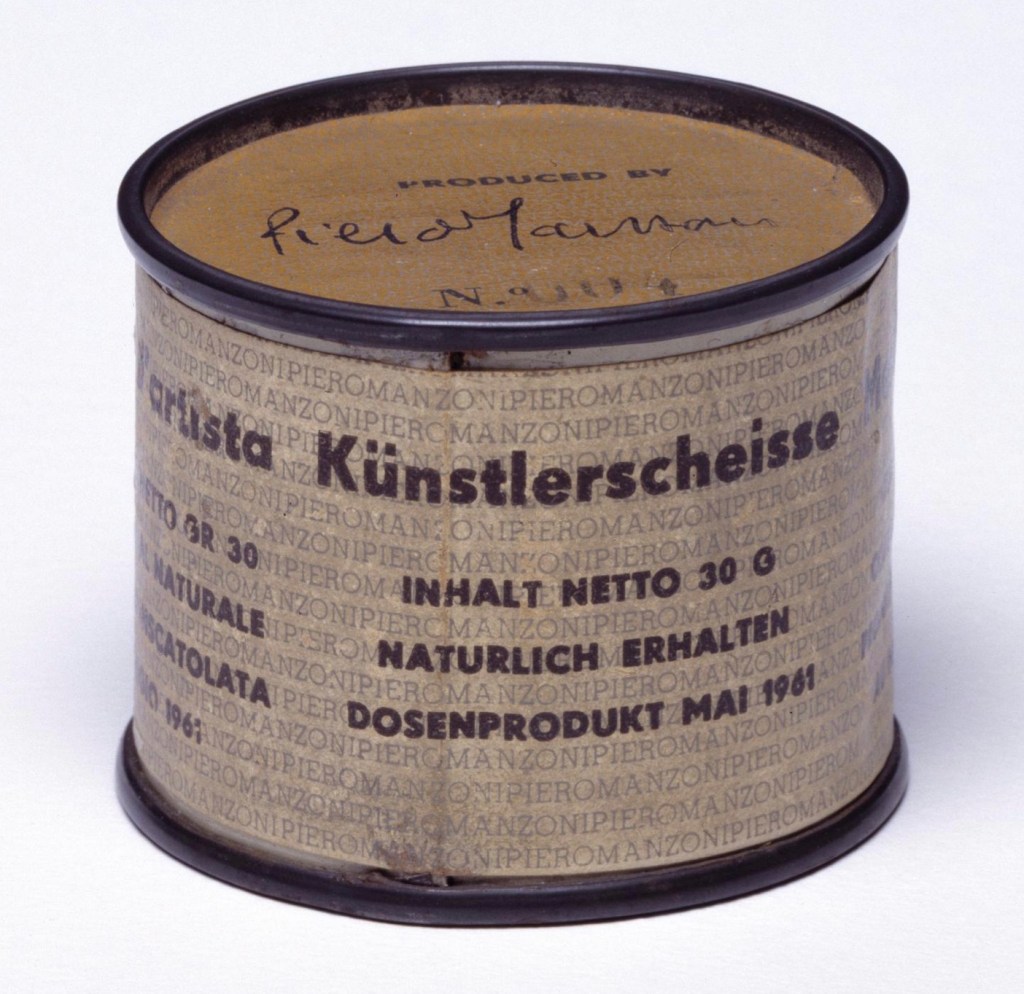Last week (30 September), news of Danish artist Jens Haaning went viral when he purportedly ‘took the money and ran’.
Global arts media picked up on Haaning’s prankster antics, when he delivered two blank canvases to Kunsten Museum – located in Aalborg, Denmark – which he had been commissioned to create for a new exhibition for a fee of $AUD116,106 (534,000 kroner).
Haaning titled the pair of paintings, Take the Money and Run, pushing the work into a realm that many artists have flirted with over time – social commentary veiled with humour.
Haaning has defended keeping the money, releasing the statement: ‘The artwork is essentially about the working conditions of artists,’ with the amount said to represent the annual salary in Denmark and Austria.
In Australia, the average artist wage is $48,400 (as per the Australia Council’s 2017 report Making Art Work), with the median salary across the broader workforce sitting at $90,329 (Australian Bureau of Statistics, 2021) – not far off Haaning’s commission fee.
Read: 9 examples of Australian art made in protest
Haaning continued: ‘It is a statement saying that we also have the responsibility of questioning the structures that we are part of. And if these structures are completely unreasonable, we must break with them.’
RISE OF ART PRANKS AS SOCIAL COMMENTARY
While the tongue-in-cheek action was undoubtedly funny – and viral candy for social media users – it was also laced with a deeper social message.
The same could be said for a string of actions, or interventions, that stretch back to the 1960s including Piero Manzoni’s cans of Artist’s Shit posing as the art object – one of which was recently purchased by Tate Modern.
Most of these prankster examples either take a jab at the art market, or society’s perceived ‘value’ of contemporary art. This intersection seems to have escalated in the last five years, with the impact of these artworks escalated by the capacity for social media to take their commentary viral in real time.
Bearing in mind that TikTok and Instagram stories were both launched in 2016, this makes sense. The early version was video memes, which became popular when YouTube was released in 2005. However, if we look at what has manifested on our social channels since 2016, it is clear that the Prankster Artist is on the rise in sync with a distrust, and a distaste, for the art market as a reflection of a division of wealth.
9 EXAMPLES OF ART PRANKSTERS GOING VIRAL

2021: Jens Haaning
As outlined above, the Danish artist delivered two blank canvases despite being paid a substantial commission to create new work, in a comment on artists’ salaries.
The Museum’s director Lasse Andersson has been reported saying that while he laughed out loud on receiving the works and decided to show the blank canvases anyway, the Museum expects Haaning to return the money. ‘If the money is not returned on January 16 as agreed, we will take the necessary steps to ensure that Jens Haaning complies with his contract,’ Andersson said in a statement.

2020: Utah Monolith
Last November, social media went mad when a mysterious mirrored monolith appeared in the USA’s Utah Desert. ‘Is It a Work of Art — or the Work of Aliens?’ wrote Artnet News.
Officers from the Utah Department of Public Safety (DPS) eyed the object from a helicopter while surveying the area for livestock. The question of who made it became the chat of channels – pointing fingers at the mid-century minimalist sculptor John McCracken, New Mexico-based artist Petecia Le Fawnhawk, Richard Serra and Ellsworth Kelly, among others.
While DPS chose not to disclose the location, Reddit miners tracked it down. ‘They suggested that the object has only been installed since 2015, which would effectively rule out McCracken, who died in 2011,’ reported the American newsite Artnet.
Where this comes full circle back to the art market is that within a month, an anonymous collective called the Most Famous Artist claimed the work as their own, and then started selling facsimiles of the monolith for $USD45,000 (edition of three), delivered with a Blockchain certificate of authenticity.
2019: Maurizio Cattelan
In 2019 the art world went bananas – literally – when Italian artist Maurizio Cattelan (in collaboration with gallerist Emmanuel Perrotin), unveiled Comedian at Art Basel Miami Beach – a fresh banana affixed to a wall with duct tape.
‘Created’ in an edition of three – two were sold for $USD120,000 (each) – American collectors Billy and Beatrice Cox said of their purchase: ‘We are acutely aware of the blatant absurdity of the fact that Comedian is an otherwise inexpensive and perishable piece of produce and a couple of inches of duct tape. When we saw the public debate sparked about art and our society, we decided to purchase it. We knew we were taking a risk, but ultimately we sense that Cattelan’s banana will become an iconic historical object.’
And arguably it has. Comedian has since been donated to the Guggenheim Museum, with instructions and diagrams for its installation and display.
It was Cattelan’s first piece of artwork for a fair in over 15 years. And taking the prankster intervention further, performance artist David Datuna ate the ‘artwork’, calling the intervention Hungry Artist. The banana was replaced later that day. No legal action was taken against Datuna.
2018: Banksy
Banksy’s notorious Girl With Balloon got global attention when – immediately after its sale at Sotheby’s for $USD1.4 million – the artwork was shredded. The self-destructing piece generated a reported 30,000 news stories at the time.
And in September this year, just to cement the art market prankster love pact, the same work – now titled Love Is in the Bin – sold again at a Sotheby’s auction for $USD8.3 million, six times its original shredded value.
Read: Banksy and the tradition of destroying art

2017: Damien Hirst
Damien Hirst took the prankster art market axis to a new high in 2017, with his exhibition – or non-exhibition? – Treasures from the Wreck of the Unbelievable staged across the Punta Della Dogana and the Palazzo Grassi, private museums operated by French billionaire François Pinault, the owner of Christie’s auction house.
He is also a major collector of Hirst’s work, and the co-financier of the exhibition – and that ‘in-bed’ endorsement resulted in widespread criticism. When asked by New York Times reporter Carol Vogel whether Pinault was effectively exploiting his museums for commercial gain, the collector said, ‘this is not commercial. It’s about showing the art that I love.’ In the same interview, Pinault all but admitted that he had acquired some of Hirst’s new work.
Comprised of about 190 works (made by Hirst), the exhibition detailed the fictional discovery of an ancient shipwreck off the coast of East Africa in 2008. The wreck is attributed to an equally fictional collector, a freed slave named Cif Amotan II, an anagram of ‘I am Fiction.’
The exhibition is built on the premise that Hirst personally financed the excavation and had brought the objects to Venice for the public to enjoy. Was Hirst promoting himself as a kind of Robin Hood of the art market? Prankster come profiteer? According to Vogel’s report, the works in Treasures range from $500,000 to $5 million, and come in an edition of three with two artist proofs.
2013: Doug Fridlund and Mikael Alcock
In 2013 Doug Fridlund and Mikael Alcock turned themselves into ‘artworks’, standing in a Gerhard Richter exhibition in Tate Modern with ping-pong balls in their mouths. They were dressed in matching outfits – their prank as ‘performance artists’ somewhat convincing. It quickly went viral after being uploaded to YouTube.
In an interview with The Independent newspaper at the time, the two men revealed their intention was simply to find out ‘what it felt like to be art’. They added that it would also be cool to be sold as art, ideally by Sotheby’s. That didn’t happen.
1971: Harvey Stromberg
One of the most well-known pranks in art history occurred in 1971 when Harvey Stromberg again staged an intervention of sorts at New York’s iconic Museum of Modern Art (MoMA). He pasted around 300 life-sized photographs of utility objects – such as bricks, keyholes, and light switches – in situ across the gallery.
It became the museum’s ‘longest-running one-man exhibition’ as it took museum personnel two years to discover and remove all the photographs.

1961: Piero Manzoni
Italian artist Piero Manzoni produced 90 cans of Artist’s Shit back in 1961. A limited edition, each can was numbered on the lid: 001 to 090. The labels said: ‘Artist’s Shit, contents 30gr net freshly preserved, produced and tinned in May 1961.’
In keeping with the rise of prankster art, Tate purchased #004 as recently as 2000. The first was sold in 1962, for the same price of 30 grams of 18-carat gold – the reference clearly not lost on Manzoni’s commentary on the art market. It would seem little has changed from the 1960s to now.
"artist" - Google News
October 06, 2021 at 05:13AM
https://ift.tt/3agRK9f
Artist pranksters on trend - ArtsHub
"artist" - Google News
https://ift.tt/2FwLdIu
Bagikan Berita Ini














0 Response to "Artist pranksters on trend - ArtsHub"
Post a Comment